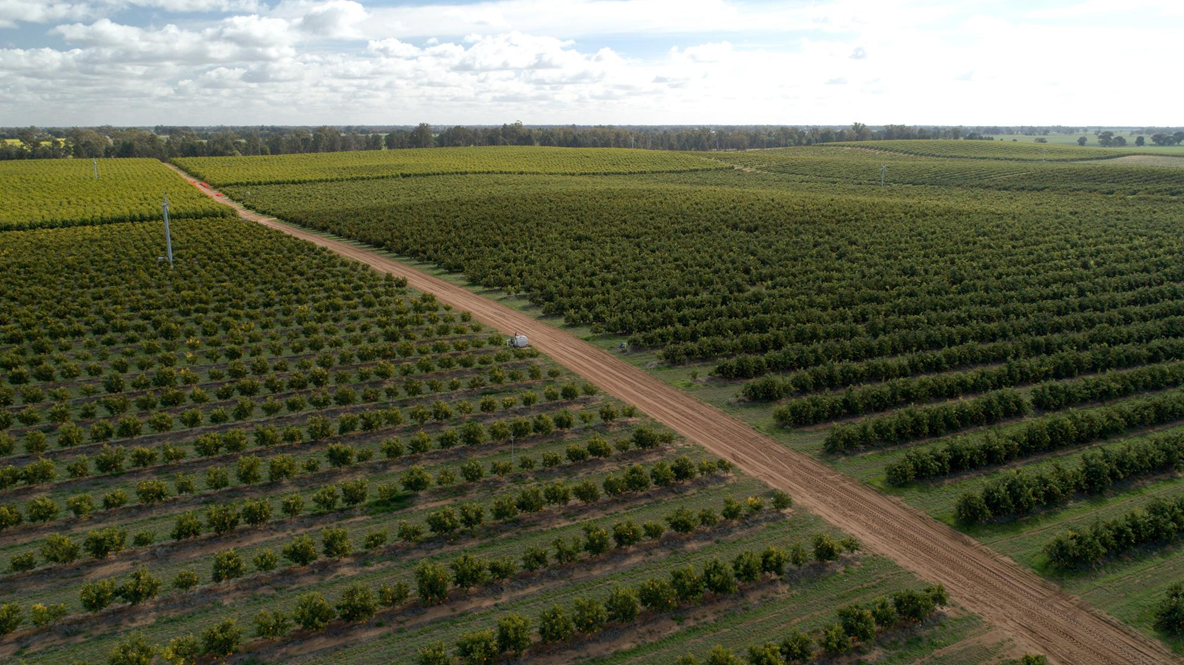Welcome to the Agriculture Capital (AC) Mindset’s Climate Solutions Investing Primer, where we offer a point of view on the fundamental principles behind carbon markets. AC is focused on speeding the transition from conventional to regenerative farming with a focus on high quality carbon credits. To do that, we are addressing six key carbon credit quality indicators.
- Upsides
- Exclusivity
- Leakage
- Permanence
- Quantification
- Additionality
Upsides & Co-Benefits of Regenerative Agriculture
At Agriculture Capital, we are passionate about regenerative agriculture’s ability to not only to generate high-quality carbon credits, but also to provide a range of upsides and co-benefits. By investing in restorative farming practices, we’re catalyzing a systems-level transformation that goes beyond carbon sequestration.
Regenerative agriculture represents a paradigm shift in how we produce food while enhancing the health of our soils, ecosystems, communities and climate. Practices like cover cropping, crop rotation, and minimizing tillage allow us to draw down atmospheric carbon and lock it away in the soil. But the benefits extend much further:
- Boosting biodiversity both above and below ground
- Preventing erosion and increasing the soil’s capacity to absorb and retain water
- Reducing reliance on synthetic fertilizers and the nutrient pollution they cause
- Making farmland and surrounding communities more resilient to climate impacts
- Creating new economic opportunities in rural areas
In short, regenerative agriculture enables us to stack multiple ecological and social benefits alongside carbon removals. This increases the total value delivered by each carbon credit. Agriculture Capital’s vertically integrated model and analytical approach put us in a unique position to quantify and communicate this multi-faceted value, as described in our regular Impact Reports. By rigorously measuring soil health, biodiversity, water use and socioeconomic indicators in addition to soil organic carbon, we credibly demonstrate the ways regenerative agriculture benefits people and the planet in addition to illustrating the high quality of the carbon credits these activities create.
Exclusivity
Ensuring the exclusivity of the high-quality carbon credits that regenerative agriculture is able to produce is key to building a trusted market. This means carbon credit ownership must be transparently tracked to create an auditable record of credit creation. If credits are not exclusive, it could lead to a scenario where multiple parties claim the same emission reduction, inflating the actual environmental benefits and potentially leading to higher overall emissions.
There are some innovative approaches to ensuring exclusivity being explored and implemented:
- Direct sales and partnerships: Establishing long-term partnerships with sustainability-focused corporations can provide assurance that credits are being used to offset emissions and not being re-sold.
- Smart contracts on blockchain: Some are beginning to utilize smart contracts on blockchain networks to automate the retirement of carbon credits upon sale. For example, the Toucan Protocol issues carbon tokens (BCT and NCT) on the Polygon network with built-in retirement mechanisms. When the tokens are “used,” the underlying carbon credits are automatically retired, preventing double counting.
- Transparent registries and marketplaces: Carbon offset projects registered under internationally recognized GHG project standards, such as the Verra Verified Carbon Standard, Climate Action Reserve, Gold Standard, American Carbon Registry, Climate Action Reserve, and the United Nations Clean Development Mechanism, follow specific guidelines and protocols to ensure exclusivity. Blockchain-based carbon credit registries and marketplaces are emerging to provide greater transparency and traceability throughout the lifecycle of a carbon credit. Platforms like Nori and Regen Network allow credit buyers to verify the source and retirement status of credits. While not yet mainstream, these solutions are gaining traction.
- These marketplaces also bring up the question of ensuring that a credit cannot be registered with multiple registries. This is why blockchain becomes more valuable, to ground truth and guarantee that one piece of ground on a GIS map is being tracked and exclusively used.
Exclusivity of carbon credits is key to advancing the voluntary carbon market towards greater maturity and reliability. As stakeholders continue to navigate the complexities of carbon markets, it is clear that focusing on the integrity of carbon credits, particularly their exclusivity, will be key to achieving long-term environmental sustainability and meeting global climate targets.
For more information, please reach out to acmindset@agriculturecapital.com
